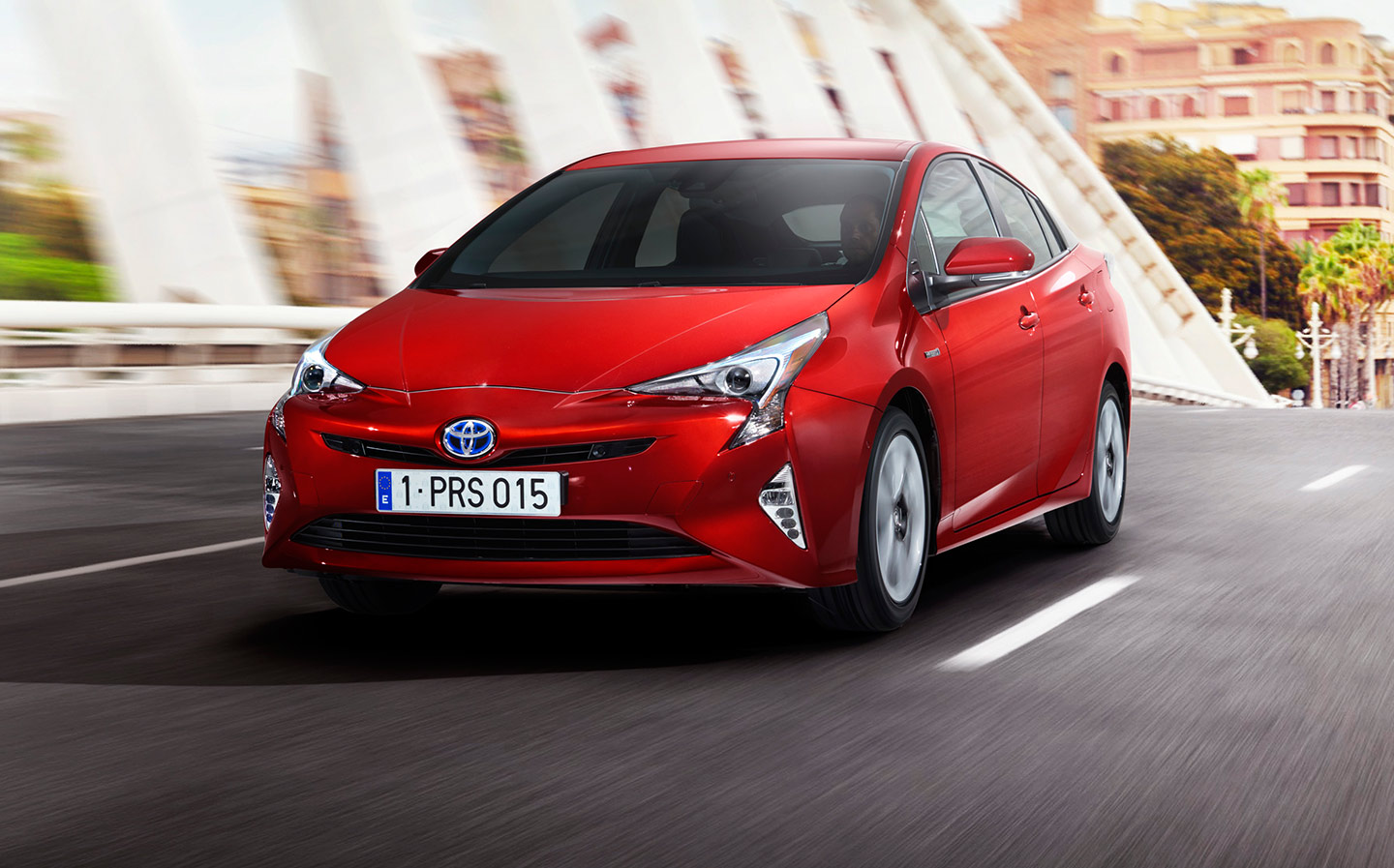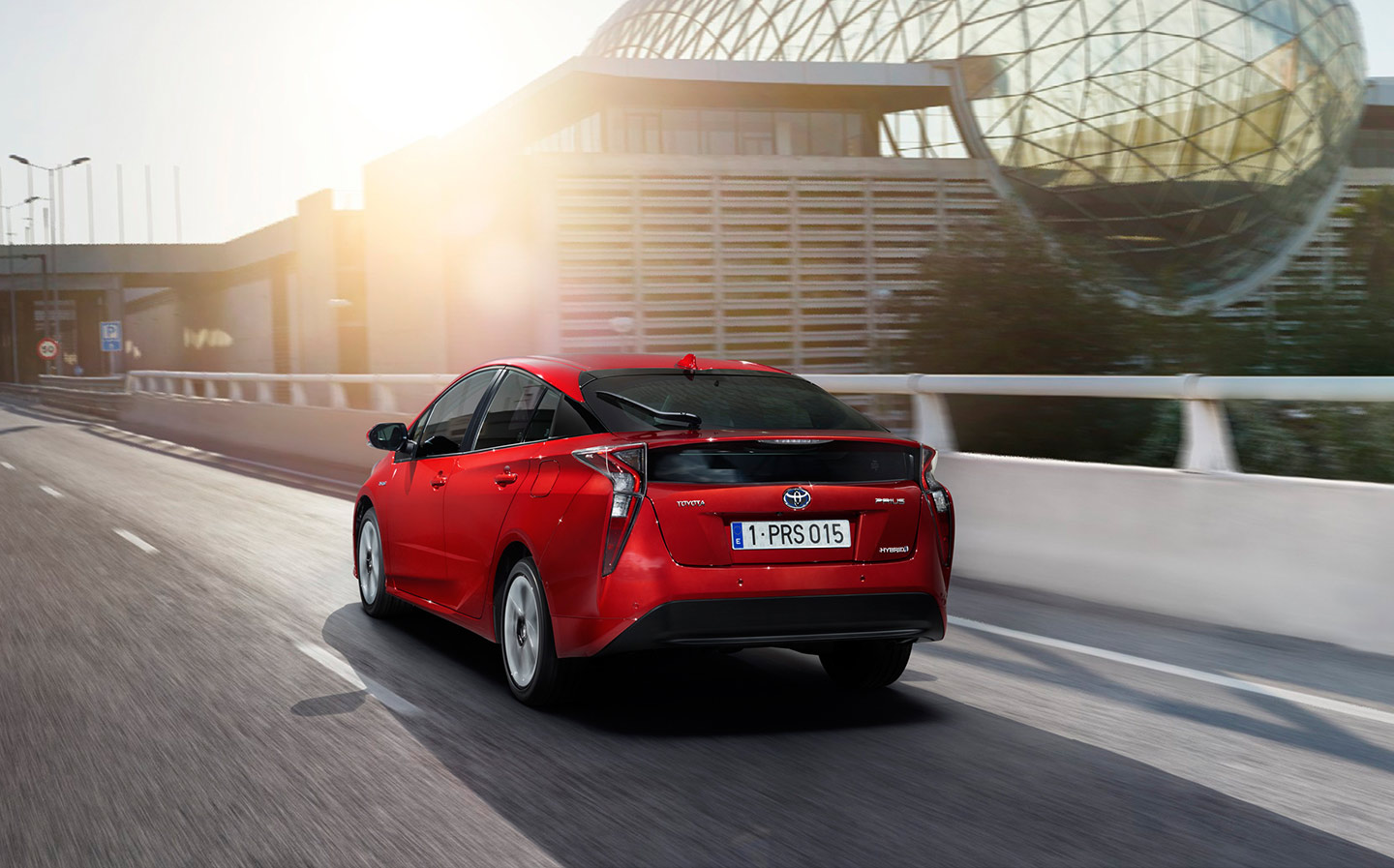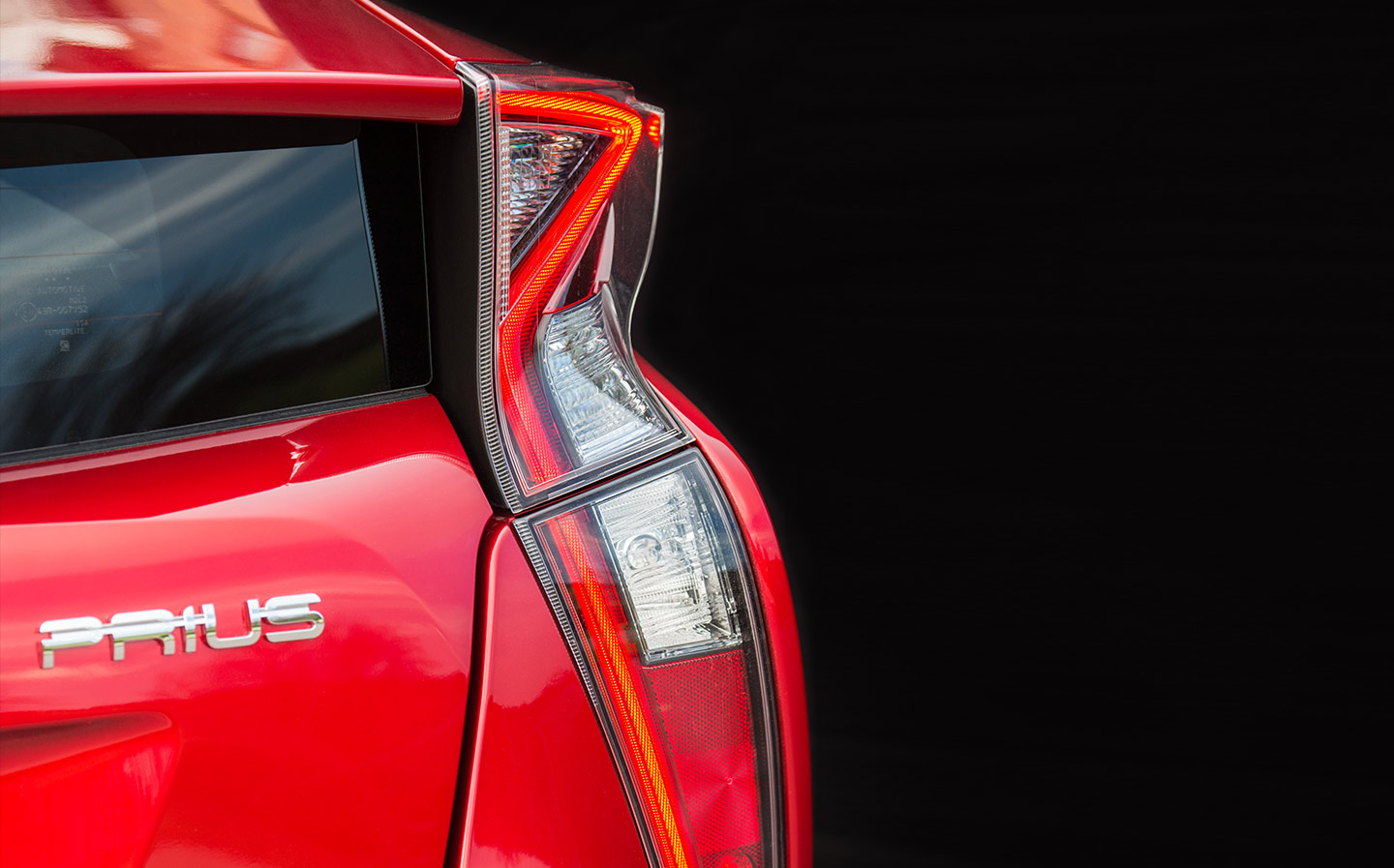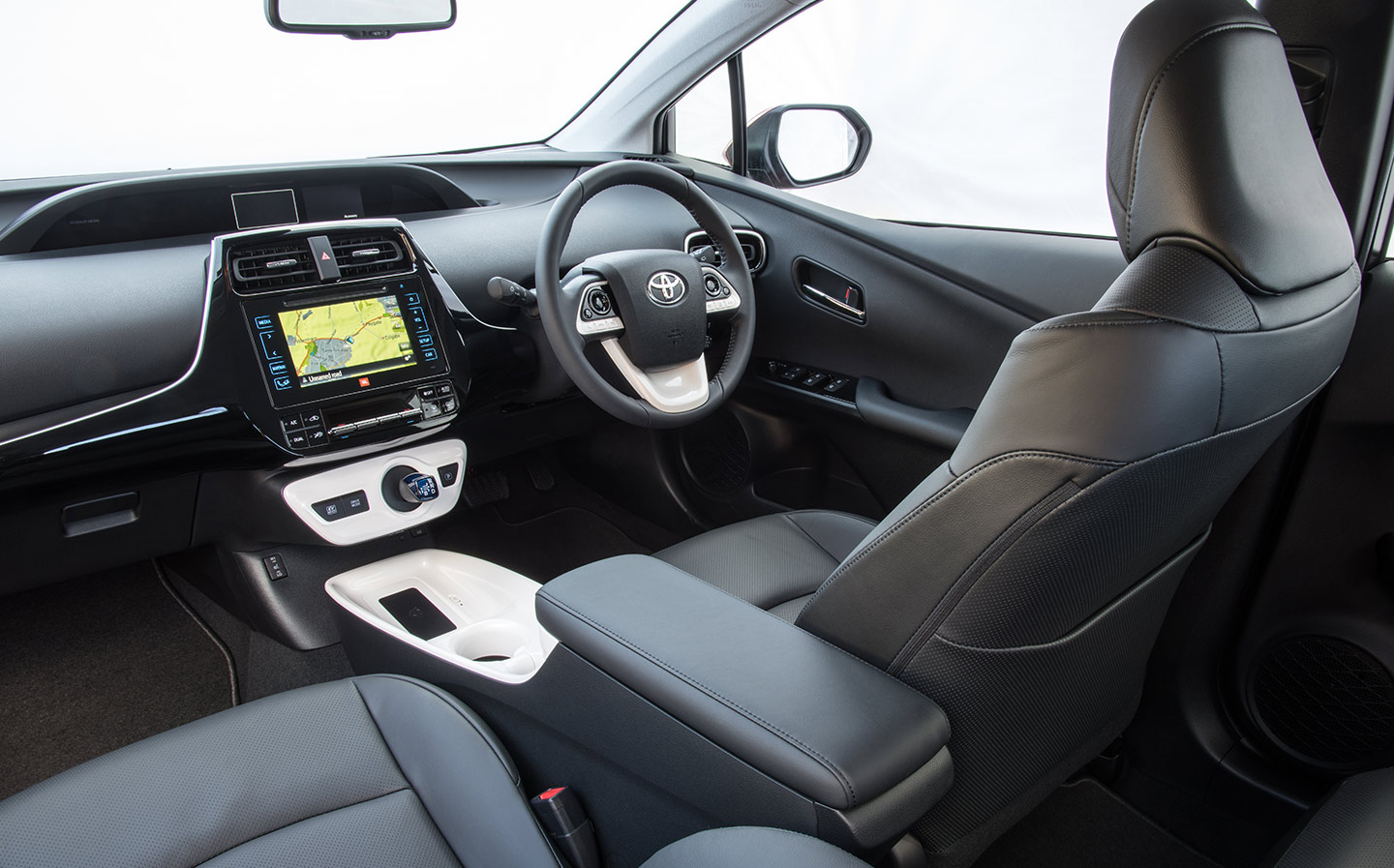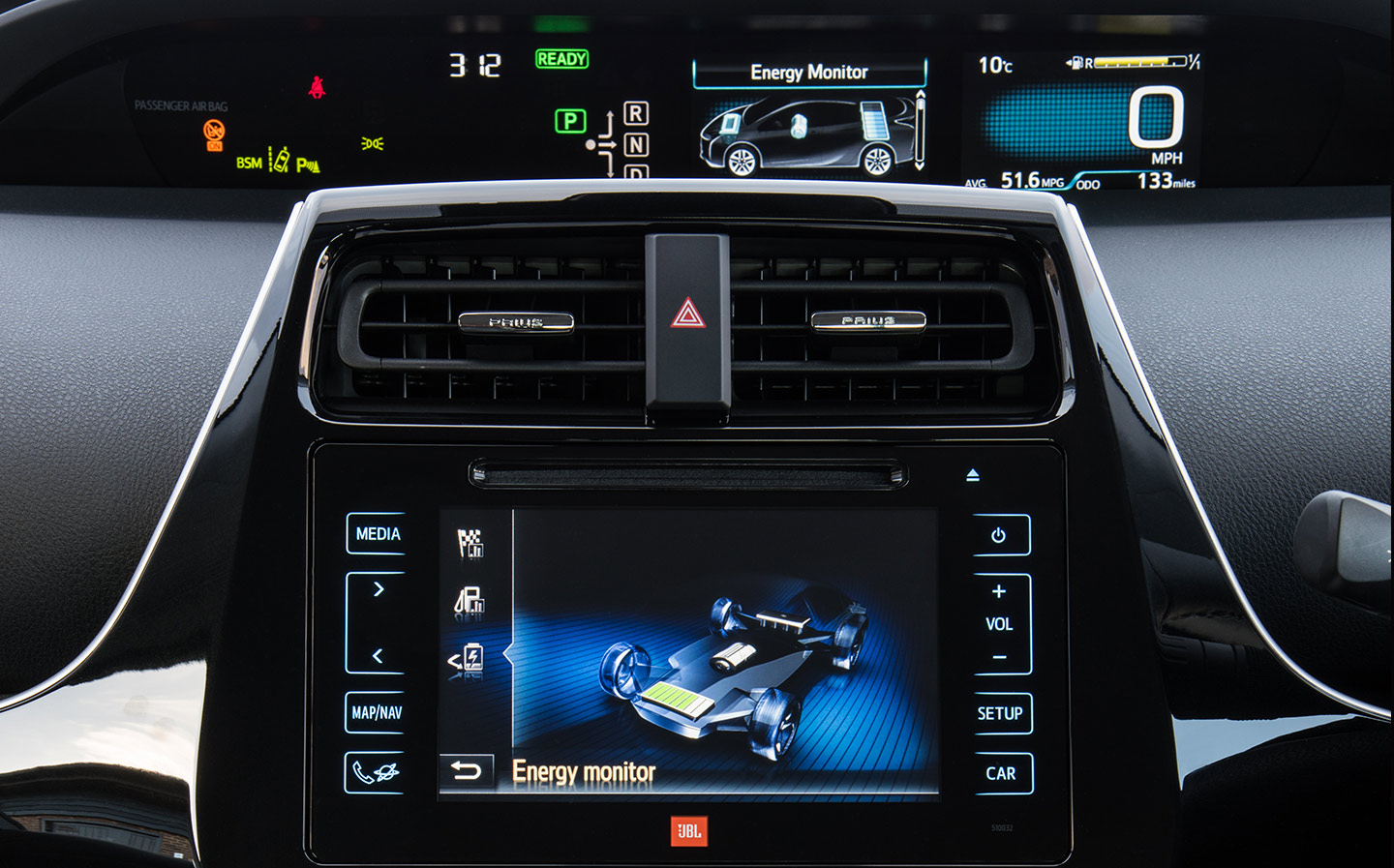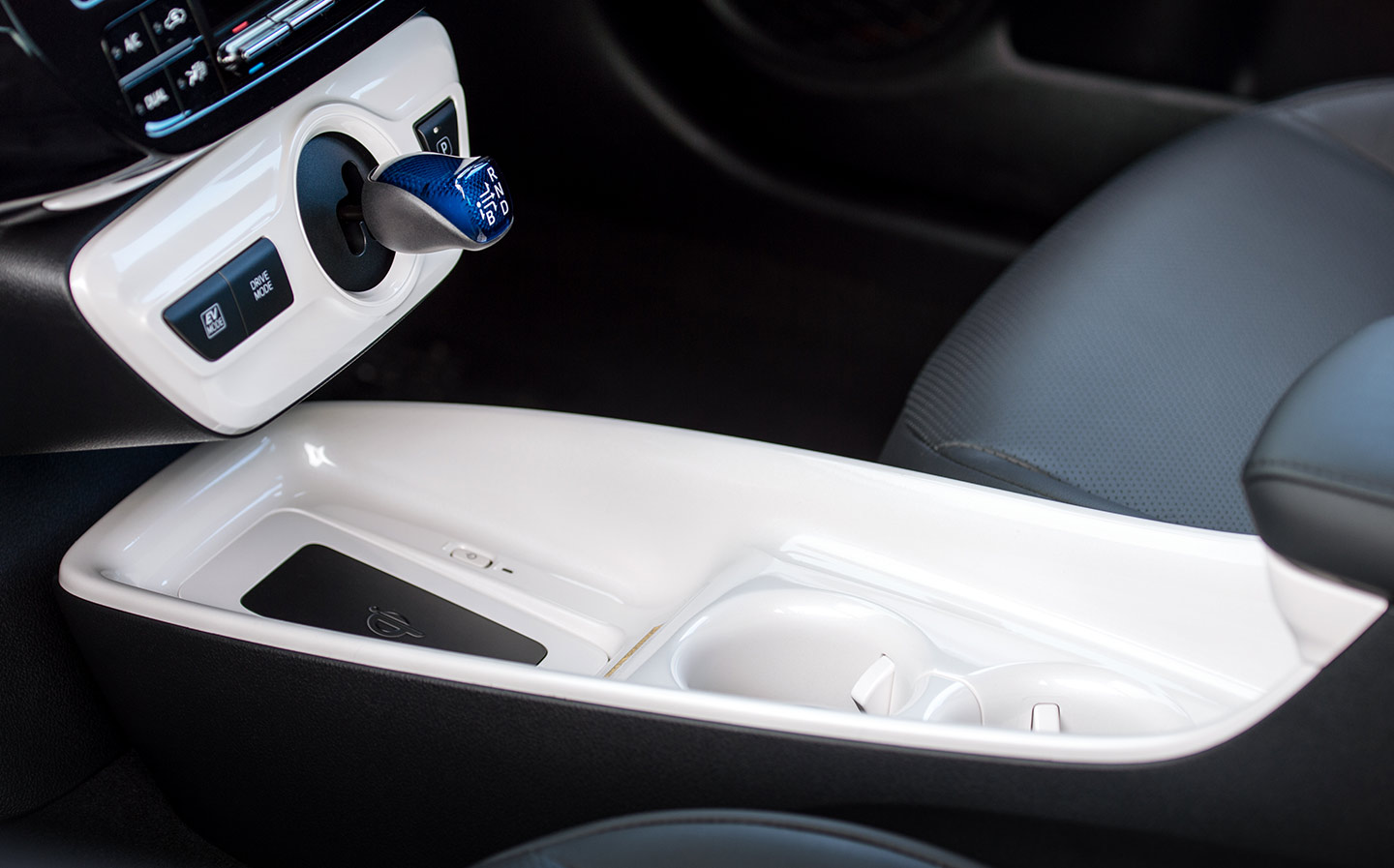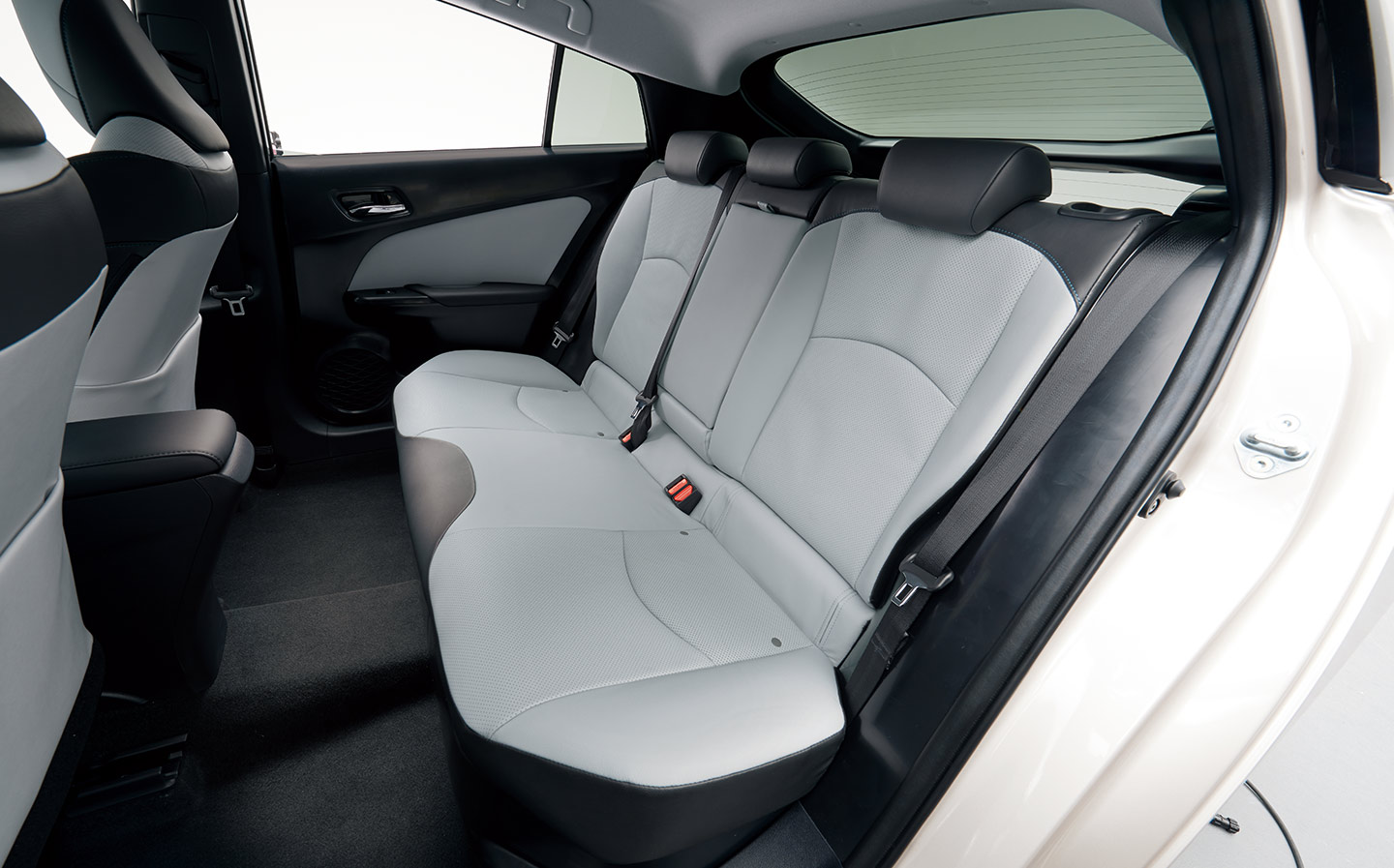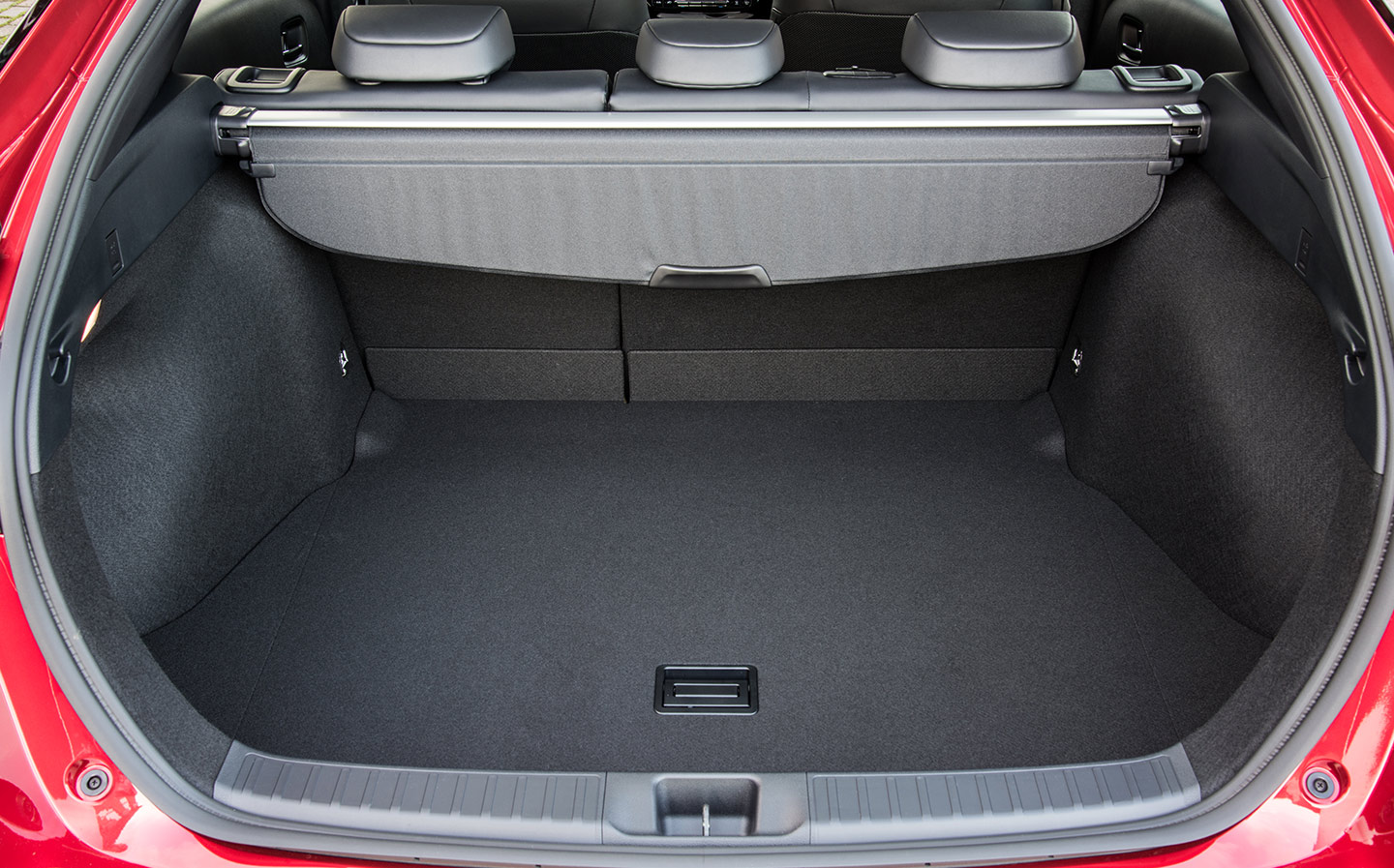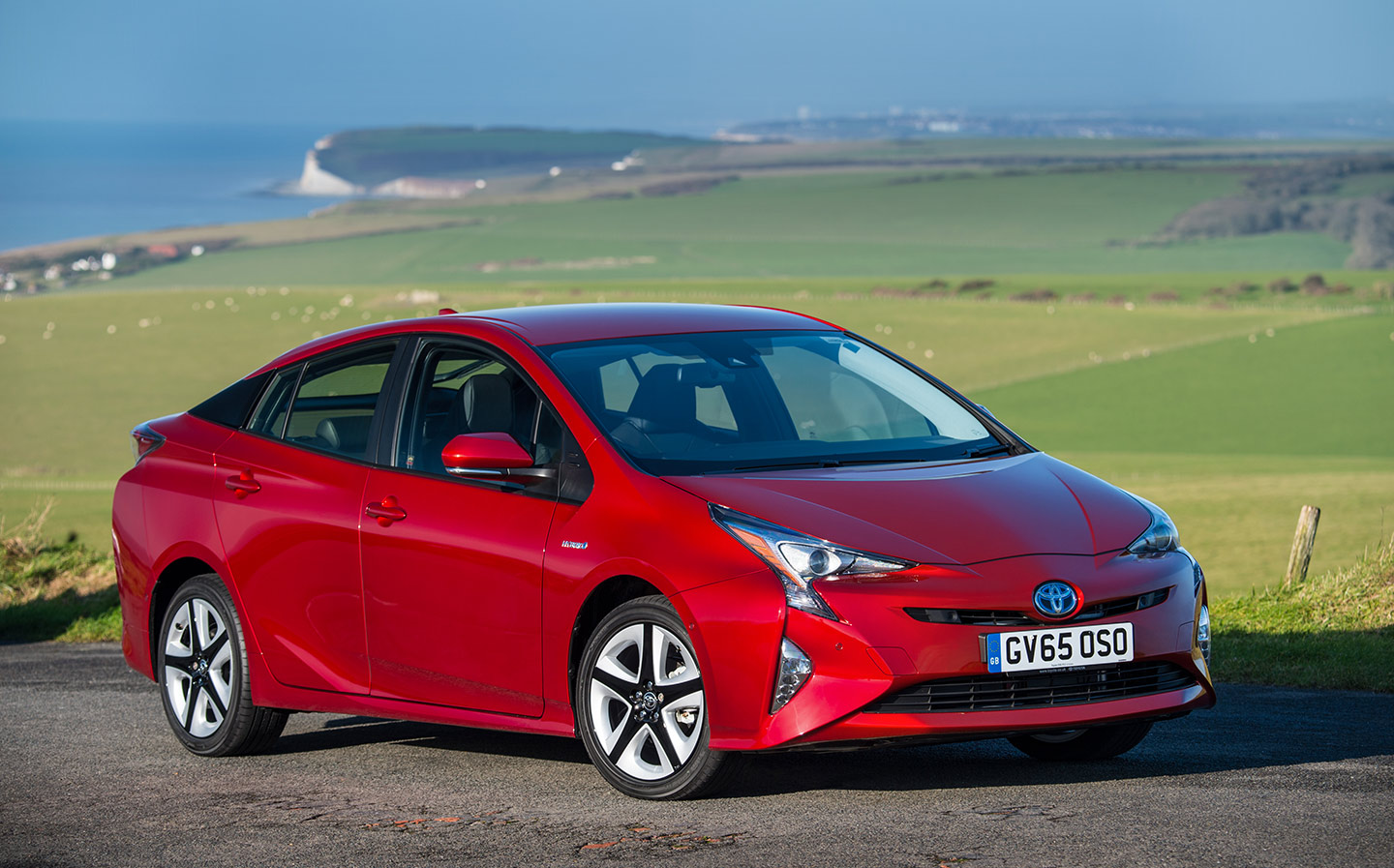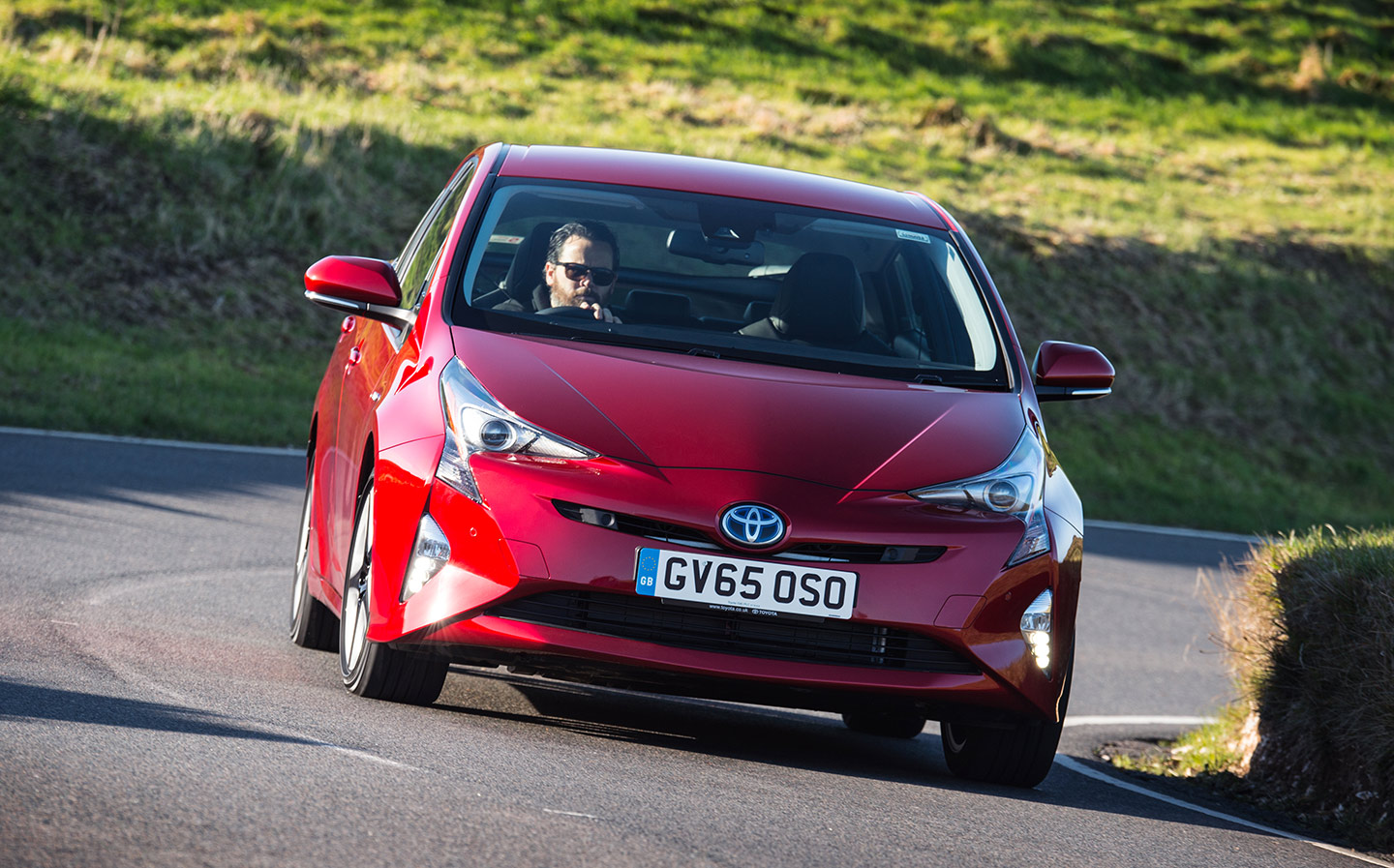Toyota Prius Mk 4 review (2016 on)
Better handling, improved economy and tons of tech but still won't reward keen drivers
TOYOTA DIDN’T make the first hybrid car but it is the company you immediately think of when the subject of petrol-electric powertrains comes up. That’s because of the Prius, which although it was launched after the Honda Insight hybrid, in 1997, beat its Japanese rival and all other hybrid challengers into submission. Three generations later, the Prius remains the bestselling hybrid car, with sales of 3.5m in its first 18 years.
Its success has led Toyota to try out its hybrid tech in other models such as the Yaris, Auris and RAV4, as well as most of the models from Lexus, its posh-car division. Toyota hybrids make up more than 50% of all the alternative-powertrain vehicles sold in Europe — that’s more than all the other hybrids, plug-in hybrids and electric vehicles combined.
The appeal, on paper at least, is impressive fuel economy, low road tax and smooth and eager power delivery at low speeds.
View the Toyota Prius cars for sale on driving.co.uk
One problem with the Prius for many, aside from the danger of being labelled a smug eco-nut, has been aesthetic. Early hybrid design doctrine seems to have aimed less at car and more at wedge of mouldy cheese, and the Prius was no exception.
Hybrid cars don’t have to look weird, though. Hyundai, Ford, Mercedes and others have proved that. Lexus has been producing decent-looking hybrids for some time, too.
Yet, with the fourth-generation Prius pictured here, it’s clear that the Toyota remains a statement car. It’s meant to look “green”. Some might describe its look as bold and futuristic. Others might call it fugly. Toyota says its aim was to “inject ego into the car by crafting a more powerful, engaging and sporty image”.
The lower bonnet and road-scraping nose, along with the grille and front wheelarches, are designed to direct air around and under the vehicle, but it’s the striking headlamp arrangement that really stands out. A couple of days after the car was delivered I realised what the front end reminded me of: Ida Lowry receiving her face-stretching treatment from Dr Jaffe in the 1985 film Brazil.
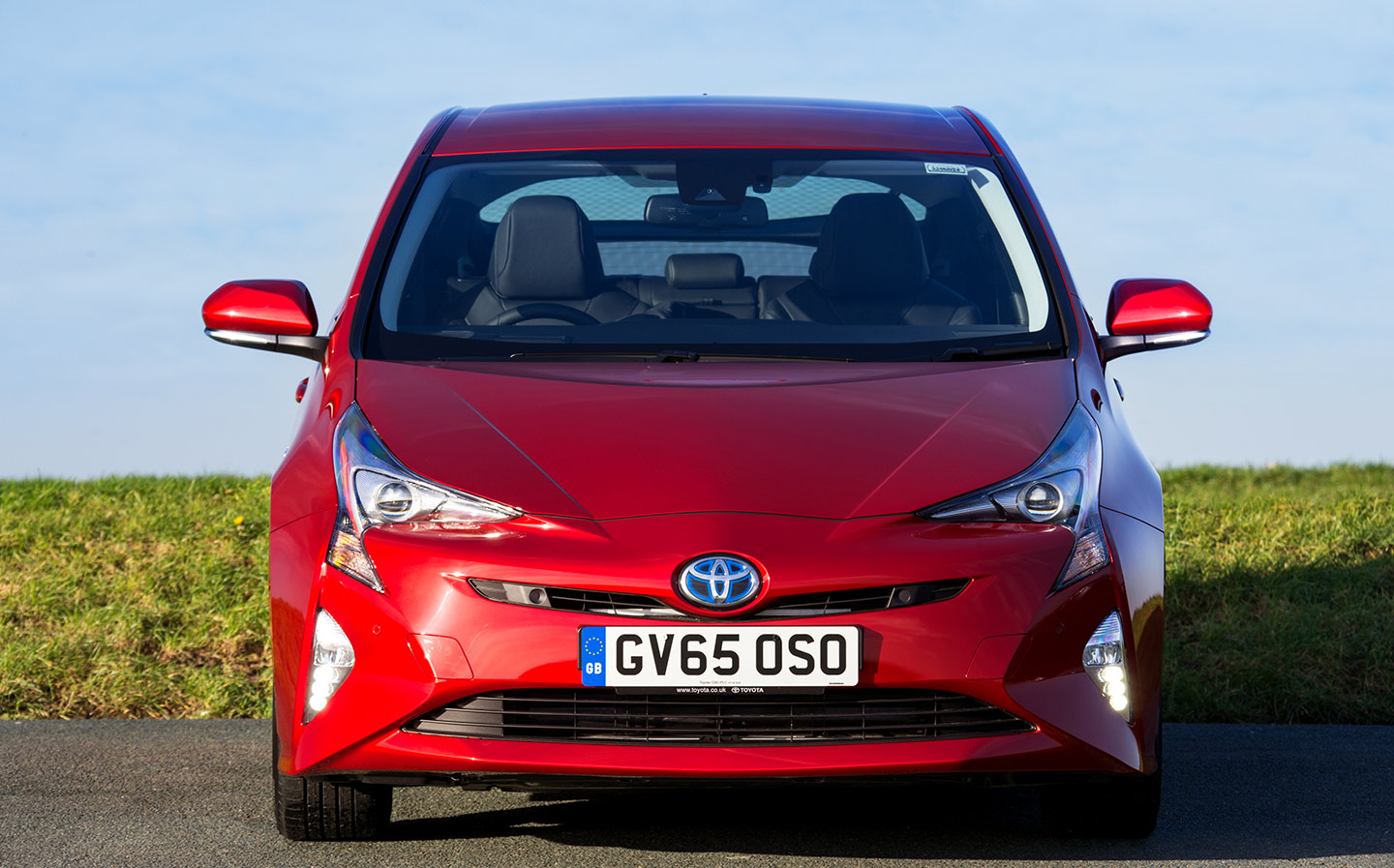
The rest of the design is less divisive, though, with a familiar coupé-hatch rear end. Again, here the light cluster is arresting, but it’s a more attractive arrangement at the back, with a shepherd’s-crook brake light arrangement at each edge.
Inside, the car has been completely transformed. Gone is the large central console running at a 45-degree angle between the driver and passenger and in its place is a more orthodox vertical layout with a flat tray underneath.
All but the most basic Active trim levels get a wireless phone charger. It’s a feature that marks the new Prius out as a car for the tech-savvy.
“The proximity sensors seem to have been designed by Lance-Corporal Jones from Dad’s Army”
Gadgets available on all models include DAB radio, adaptive cruise control, lane departure warning, road sign assist, electric driver’s seat, LED headlights with automatic high beam (which dips the headlight when it senses oncoming cars), dual-zone climate control, twin 4.2in colour info displays and Toyota Touch 2 touchscreen multimedia. High-spec cars add sat nav, a JBL audio system, rain-sensing wipers, head-up display, parking sensors (which ought to come on all versions) and more.
Driver and passenger seats are more comfortable and more supportive than before, and tall occupants will find little to complain about. In the rear there’s more legroom than in a typical family hatchback but things can feel a little cramped, particularly with the sloping roofline cutting into headroom.
The low roofline also makes getting children in and out of car seats awkward, and visibility out of the rear side windows is limited; you might end up clawing at the walls claustrophobically if you were stuck in there for any length of time.
The good news is that a more compact hybrid system and battery, along with new double wishbone rear suspension, means boot space isn’t compromised, and the cargo floor is lower, expanding capacity to 457 litres when a temporary spare wheel is carried and 502 litres with a tyre repair kit.
So it’s got the tech and the luggage space, but is the new Prius a car that’ll suit keen motorists or does it remain a machine for Uber drivers? Well, a bit of both. The new platform is 60% more rigid and gives a lower centre of gravity, which means less roll through corners and more responsive handling. The double wishbone rear suspension further improves things. In fact, the new Prius is not a turkey at all through the turns, the only grumble being overly light steering with a lack of feel.
There’s no getting around the dullness of the CVT (continuously variable transmission), though: you miss the rises and drops in revs of a standard automatic.
There are three driving modes – Normal, Eco and Power – although none change the driving experience dramatically; it’s consistently unexciting. Acceleration from standstill at traffic lights is decent, if not mind-blowing. The driver can also switch to EV mode for short distances in pure electric driving.
And it should be noted that, compared with its latest competitor, the Hyundai Ioniq, the Prius has a more powerful battery and spends more of the time making silent, emission-free progress at low speeds.
Fuel economy is largely unaffected by switching between the three driving modes. We managed an impressive 62mpg on a 23-mile commute of A-road and city driving. Strangely, that dropped to 44mpg on a nine-mile school run one morning – still decent but not exceptional. Clearly the Prius’s fuel economy will vary wildly depending on how you drive it. And the official figure of 85mpg was beyond us.
Driving it around a city is not a relaxed experience, though. The new Prius’s proximity sensors seem to have been designed by Lance-Corporal Jones from Dad’s Army, as its hysterical beeps and warnings sounded constantly in London traffic. On one occasion the emergency brake was applied while we were pulling out of a T-junction and around a flatbed truck in queuing traffic, through a tight gap.
There’s no obvious way to silence the alarm, so you sit there with bells ringing until the car in front moves off. Toyota told us that the Intelligent Clearance System (ICS) can be switched off, via the settings in the menu system, but that disables it completely.
According to the manual, the ICS can be triggered by a number of things, such as driving over a metal cover (“such as those used for drainage ditches”), a steep slope, dirty sensors and other sonic waves. Whether any of these were a factor in the above incident is unclear.
Browse NEW or USED cars for sale on driving.co.uk
Another problem on one occasion was a loss of power when we were pulling away from traffic lights. After a delay of around three seconds, and some frantic pedal-pumping, the car woke up and accelerated as normal. There were no warning lights to indicate any problem. Toyota says the only time this should happen is when the brake and throttle are pressed at the same time, which cuts the power: the brake override system. While we don’t believe that was the case during our test, we should give the Prius the benefit of the doubt. Curiously, another journalist had a similar problem while testing the Maserati Levante recently.
More of an annoyance was the road noise in the cabin, and wind noise around the A-pillars. At a 50mph cruise it’s quite noticeable and boomy.
Those prepared to forgive the Toyota Prius these niggles are likely to be green Prius diehards; if that’s you, the fuel economy, luggage space, handling and tech upgrades in this latest model are the rewards for upgrading.


